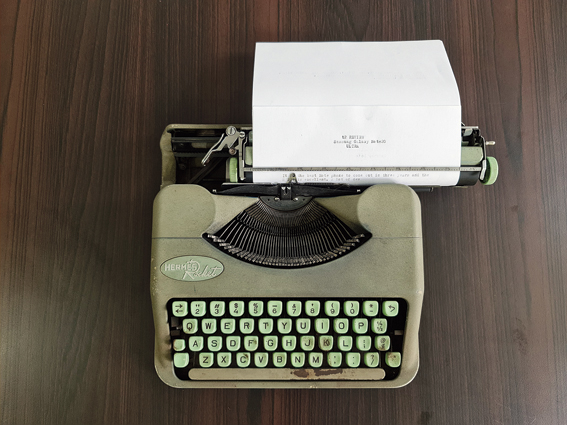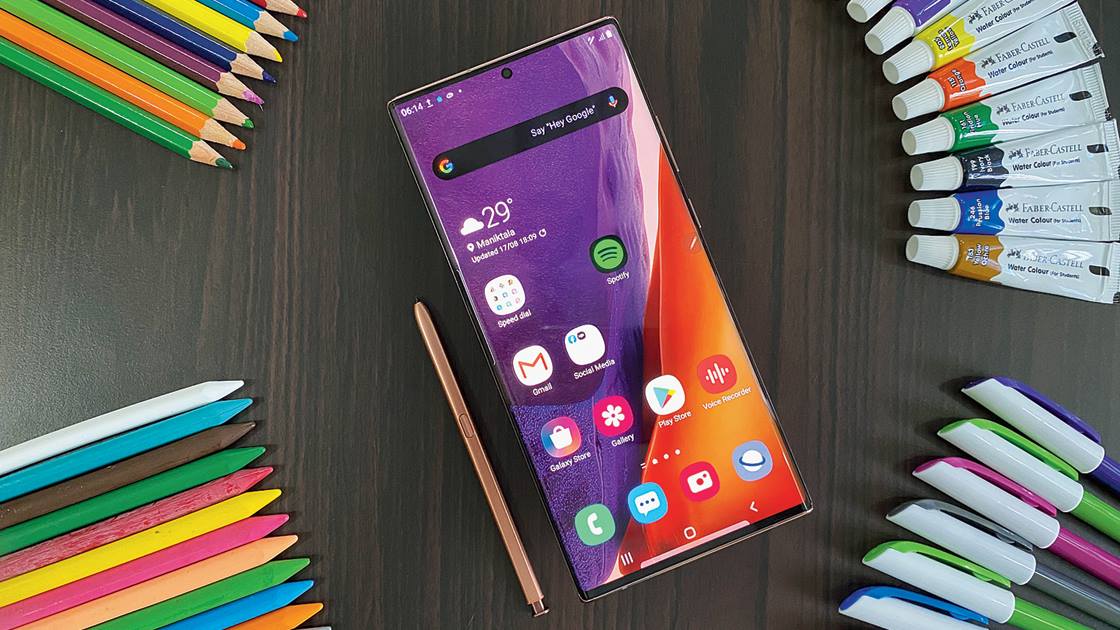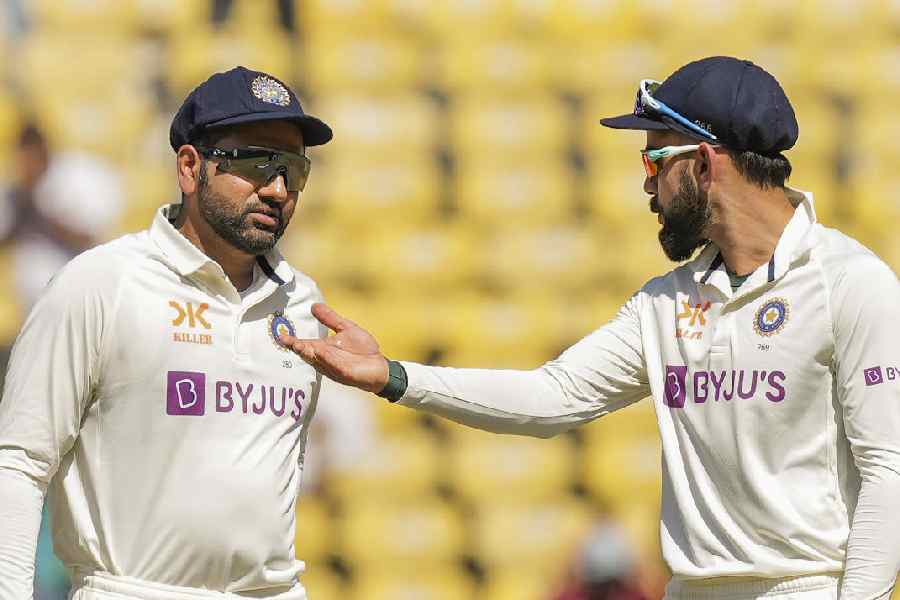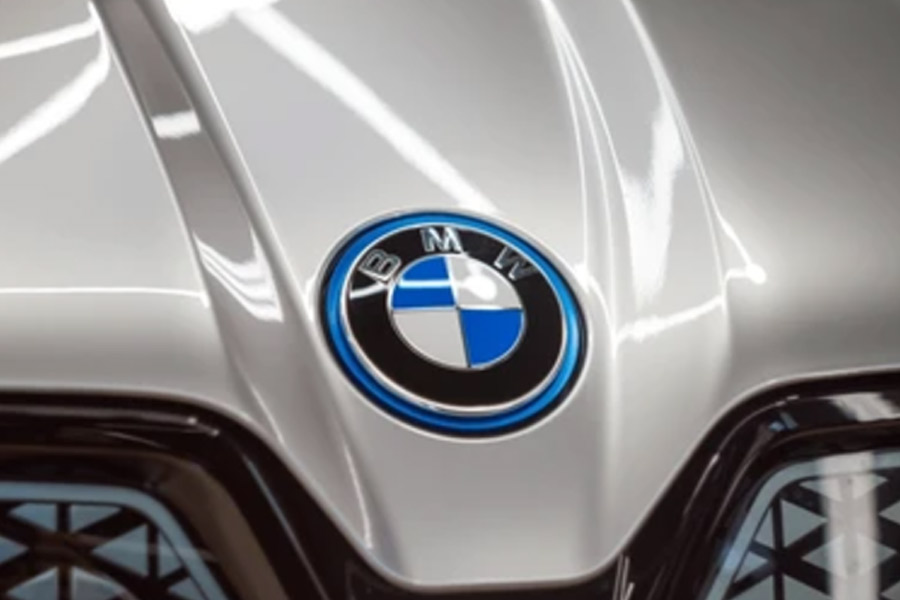The winning brands are those who come up with products that are practical. It’s about how to make one’s smartphone last longer; it’s about buying a device that doesn’t give up on the user for years.
There are two ways to make a successful smartphone. Plan A: Copy Apple and tell the world how inspiring the Apple brand is. Plan B: Be innovative, be dramatic, be practical. Samsung has always gone with Plan B, which once again is clear in its latest flagship phone — the Samsung Galaxy Note20 Ultra 5G. Before tut-tut-ing the price, find out the commitments the brand is making to ensure the user doesn’t have to worry for the next several years. On its flagship phones, Samsung is now offering three years of support for Android OS and security updates, which means being able to hold on to a device for at least three years, if not four, bringing it closer to the cycle of iPhones, which offers five years of iOS updates. This is good news.

Practical design changes
One look at the Ultra and you can’t help but notice the camera bump on the rear, which may look big but it’s a substantial improvement on what we have seen on the Galaxy S20 Ultra that was unveiled in February. On the S20 Ultra the camera module looks tacked on, on the Note20 Ultra the finish can’t be faulted. Further, it’s good to see the back of the phone not appearing like a mirror, reflecting everything that’s around the user.
The company has finally made up its mind about where the side buttons should be. All of them are on the right side while the S Pen holder has been moved to the left, which is interesting. For those who are right-handed, one’s thumb and first finger make an L shape while holding the phone (when using both hands), allowing the former to rest near the S Pen. It becomes easier to access it.
A display like no other
The edge-to-edge screen can’t be faulted. The 6.9-inch display, which by default is FHD+ 2316x1080, can be bumped up to WQHD+ 3088x1440 but at the cost of a lower screen refresh rate. Personally, I liked it at FHD+ because who doesn’t like a 120Hz screen refresh rate. It’s amazingly smooth. What’s more, it’s adaptive in nature. Unlike on other smartphones, the screen refresh rate changes according to what is being displayed. While playing chess the user doesn’t need a 120Hz-refresh rate but while scrolling or gaming it’s so pleasing to the eyes.
The write stuff
The biggest reason behind buying a Note is the S Pen because it’s that one feature that separates it from the crowd. The winning feature in this section is the lower latency of the new S Pen. This may not mean anything to those who don’t use the stylus but if the user depends on the Note to take notes or draw, it’s a winning improvement. The latency rate is now 9ms compared to 42ms from last year, meaning you can write something and it will appear on the screen right away. Even the feel of the pen has improved. The phone looks like a notepad and the pen tip ensures that the S Pen has the feel of a writing instrument.
Samsung has added a few tricks to the S Pen but there’s a learning curve behind mastering the tricks, which is not something I would like to spend a lot of time on. The wow feature is how the S Pen can straighten handwritten notes, which is much needed in my case. The user can also add voice recordings as attachments.
Pro mode video

From pen to video. I never thought I would say this, but buy this phone also because of its big-hitting shots in the video department, making it the best video recording tool on Android. There is a dedicated ‘Pro Video’ mode, which allows granular controls over recordings. Move into the feature and notice the differences. First, you can select the mics that record the audio, which can be omni or front/back. Agreed it is not a replacement for a shotgun mic but the audio the phone picks up gets full marks. While using manual focus, there is a neat option in which what you are seeing through the camera gets highlighted in green, showing that focus has been achieved. Also, there is the option to shoot in 8K@24fps.
On to photographs. There are several improvements on the camera front over the S20 Ultra, the most important being the introduction of laser autofocus. With the S20 Ultra, quick focus has been an issue, but no longer. The main 108MP sensor offers crystal-clear snaps. Laser autofocus is important when it comes to moving shots while the ultra-wide camera is now flawless minus the barrel distortion on photographs that we have seen on previous generation camera modules. In way of night photography, there is a dedicated mode, which captures food photos very well under uneven lighting. And thank you Samsung for capping ‘space zoom’ to 50x, down from the 100x on S20 Ultra. The images taken with 50x zoom are quite usable. And a shoutout to the Note20 Ultra’s Periscope zoom lens (5x optical).
Issues? It took more than a couple of minutes balancing the phone on my DJI Osmo Mobile 3. It’s a big phone. For a moment I even wondered if the gimbal’s motor would support it. It did and shots actually came out well.
Better connectivity
Samsung’s ever-evolving collaborations with Microsoft are finally paying off. Load the Your Phone app on Windows 10 and turn on ‘Link to Windows’ on your phone. Once connected, the possibilities are endless. All the photographs on your phone can be browsed and used on the computer. Messaging? No sweat. You can mirror the phone using the app, allowing access to everything that’s there on your smartphone.
Some interesting features will become available in the coming months, like notes from Samsung Notes can automatically sync with Microsoft’s OneNote feed in Outlook on the web or OneNote as an image. There will also be the ability to sync Samsung Reminders from your Galaxy Note20 Ultra to your Windows 10 PC across Microsoft To Do, Outlook and Microsoft Teams experiences.
Verdict
The 4,500mAh battery may appear small but having used it for the past week, the device hasn’t failed me. It never ran out of juice after a long day’s work, with enough gaming and video editing. What we are more interested in is how the Note series will work next to the upcoming Galaxy Z Fold 2 (even though the two are in completely different categories), which no doubt is going to be the big release from the company. For the time being, all we can say is the Samsung Galaxy Note20 Ultra is blazingly fast, future proofed and a rock-solid performer.
At a glance

Device: Samsung Galaxy Note20 Ultra
Display: 6.9” edge Quad HD+ Dynamic AMOLED 2X; 3088x1440,496ppi, HDR10+, 120Hz refresh rate
Camera: Rear — 12MP ultra-wide, 108MP wide-angle, 12MP telephoto, laser AF sensor; front — 10MP
Processor: 7nm 64-bit octa-core
Battery: 4,500mAh
Price: Rs 104,999 (256GB+12GB)
5 Galaxy Note20 Ultra notes for Apple
120Hz display: Everybody in 2020 wants smoother scrolling and better gameplay.
Xbox games over the Cloud: The Note20 Ultra supports the new Xbox Game Pass, which will allow users to stream more than 100 console titles directly.
Better telephoto camera: The Note20 Ultra has 5x optical zoom with 50x digital zoom while the iPhone 11 Pro has 2x optical zoom and 10x digital zoom.
Gorilla Glass Victus: It’s good to have this protection on an expensive phone.
Smaller Notch: The Notch looks good on iPhones but the size can be reduced
On the way
Samsung has announced the launch of Galaxy Watch3 (41mm and 45mm variants) and Galaxy Buds Live. Galaxy Watch3 (upwards of Rs 29,990) offers real-time feedback during your runs as well as six-factor post-workout reports, which help improve performance and reduce injury, while VO2 max analyses oxygen flow to your muscles to track progress and manage your energy levels. Galaxy Buds Live is priced at Rs 14,990. Watch3 will go on sale starting August 27, while Buds will go on sale starting August 25.











